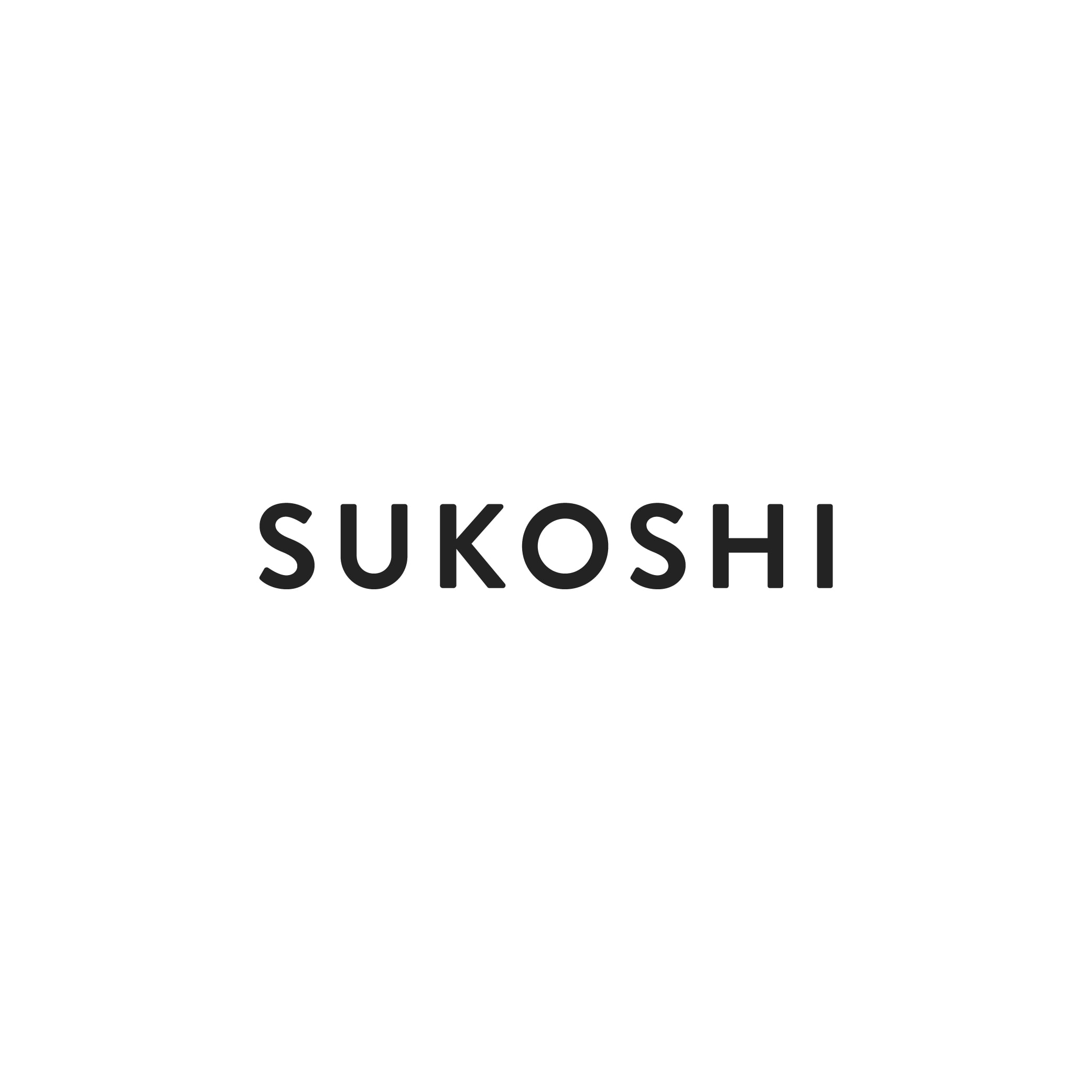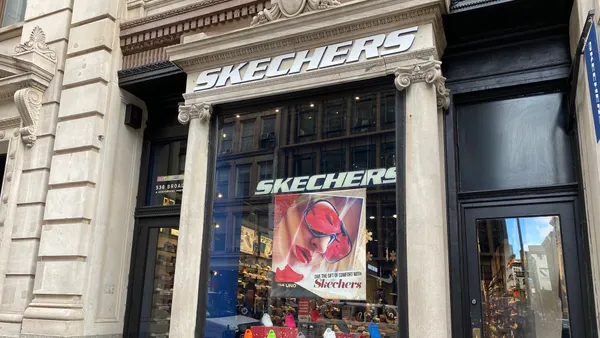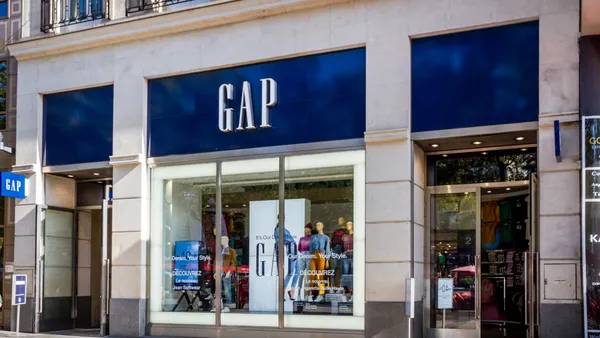Dive Brief:
- Wayfair’s supply base is beginning to look like its pre-pandemic normal in terms of stock levels, product flows and new releases, executives told analysts last week.
- “I'd say a substantial number of the suppliers are now bringing in large new product introductions for the first time in three years,” Niraj Shah, the online home goods retailer’s CEO, said during the company’s Q2 earnings call.
- Shah also said on the call that Wayfair has “a number of suppliers who are back to very healthy stock levels” while others are still working through their remaining excess, after inventory among vendors peaked last summer.
Dive Insight:
Wayfair, along with the entire home goods and furniture sector, has gone through multiple upheavals since the pandemic began, from booming sales in 2020 to clogged supply chains in 2021 to inventory pileups last year.
After its pandemic highs, Wayfair has struggled with declining sales since 2021. In Q2, sales remained in decline, albeit slowing, with revenue down 3.4% year over year. Wayfair posted a $142 million operating loss — less than half of last year’s $372 million loss from operations, but a loss all the same for a company that has been mostly unprofitable over the course of its life.
Despite its challenges, Shah says the company is taking market share, and winning over suppliers.
“Our team spent significant time at various trade shows over the past few months, and we have heard resounding feedback from our suppliers that the platform they want to lean into is Wayfair,” Shah said. “Benefits of our enormous marketing reach, considerable merchandising investments and proprietary logistics capabilities, make Wayfair an unparalleled partner to our suppliers.”
One analyst on the call, UBS’ Michael Lasser, noted that “skeptics” of the company’s performance have suggested sales and share may be up because suppliers may be using third-party marketplaces such as Wayfair’s to unload excess inventory, and at potentially discounted prices.
“We're not seeing anything that would kind of say any of the supplier behavior is something that's very temporal,” Shah said in his reply to the question. “What we're seeing is that they're reverting to normal.”
The higher levels of new product introductions that Shah also noted are a sign as well of a healthier inventory landscape.
And while “normal” — as in a market that reflects the pre-pandemic years of 2019 or 2018 — might come as a relief after three years of a topsy-turvy operating environment, it also means a more competitive world for retailers and suppliers in the home goods space.
“There's a lot of folks doing different things, and folks who provide the customer with the best experience win. And that's a little different than the behavior during 2020 and 2021,” Shah said, pointing to excess demand, stimulus spending, supply chain congestion and pricing changes.
“That's a more unusual period,” Shah added. “And I think that we've now got that in the rearview mirror.”















